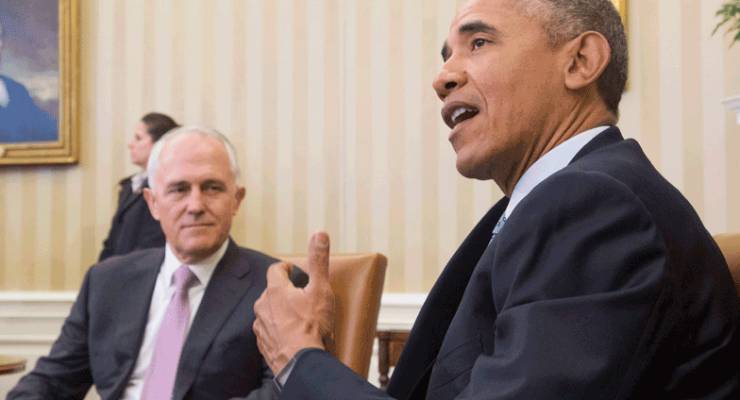
As Australia’s election campaign heats up, it seems that one of the central issues is likely to be a plan to cut the country’s corporate income tax from 30% to 25%. The argument in favour of this move is the same that proponents of corporate tax cuts make everywhere: it will cause companies to invest more money in Australia. This is great children’s story, but it has little basis in reality.
There actually is a great deal of research on this topic, and it finds very little relationship between corporate tax rates and investment. In the case of my country, the United States, the investment share of GDP peaked in the 1970s when corporations faced a 50% tax rate, considerably higher than the 35% rate they now face. Of course, since US corporations have become quite adept at avoiding taxes, their effective tax rate is close to 20%.
The research on this topic has found that corporations take many factors in consideration in their investment decisions. They care first and foremost about the quality of the labor force and the infrastructure of the country. Obviously they prefer a lower tax country to a higher tax country, other things equal, but it doesn’t make sense to locate in a country where the labor force lacks the necessary skills or the infrastructure doesn’t facilitate transporting goods. Since education and infrastructure both must be paid for largely with public funds, funding in these areas really is a trade-off for lower corporate tax rates.
One of the ironies of proposals to reduce Australia’s tax rate is that the U.S. Treasury would be a major beneficiary. The logic is straightforward, even if seldom advertised by proponents of the tax cut. Under tax treaties, the US credits it multinationals with tax payments to the Australian government on a dollar-for-dollar basis.
This means that if a US multinational has its Australian tax bill cut by $10 million then its US tax bill likely increases by the same amount. The money saved by the company in Australia will go straight to the US Treasury.
The Australia Institute calculated the amount of money at stake. The proposal is for the tax cut to be phased in gradually, but for the first decade that it is fully in place, the institute estimated that it would transfer more than US$8 billion from the Australian government to the US government. This would be a generous gift from the Australian people, but probably not one that was intended by the tax cutters.
There are important issues at stake with the corporate income tax. Over the last four decades corporations have been quite successful in reducing the share of profits paid as taxes throughout the world. This means that everyone else must pay more in taxes for the same level of services, or that services must be cut.
We should be considering alternative mechanisms that ensure governments get their share of corporate profits. One possibility is to require companies turn over a percentage of their stock, in the form of non-voting shares, that is equal to the tax rate. In Australia’s case, this would be 30%.
While ownership of the shares would not allow the government any say in corporate decision-making, a share of non-voting stock would be entitled to the exact same dividend and buyback terms as voting shares. If the company pays a $1.00 dividend on voting shares, then it also pays $1.00 on each share held by the government. If it buys back 10% of its shares at $100 per share, then it also buys back 10% of the government shares at $100.
This route guarantees the government its tax revenue, while eliminating all the opportunities for gaming the tax code. Since the tax-gaming industry has made many people very rich, this would also be a big step toward reducing inequality.
There are undoubtedly issues with a share-issuance system, but we should be looking for innovative ways to ensure that corporations can’t escape their tax liabilities. Reducing their tax liabilities is clearly the wrong way to go.







“the United States, the investment share of GDP peaked in the 1970s ”
Was the decline caused by the rise of managerialism? Who needs to understand the business? Who needs to train the next generation? All we need is big bonuses for short term results, then move on.
How exactly would requiring companies to turn over shares to the level of the company tax rate (in Australia’s case 30%) to the government – in order to prevent companies avoiding taxation – work in the case of large international companies such as Apple?
It might work with companies that are single country and which derive all their income from the that country. However, not many large companies are like that. CSL for example gets most of its profits from overseas. Dividends are in American dollars converted to Australian dollars for Australian shareholders. I don’t think it makes much profit in Australia – at least it doesn’t pay enough tax in Australia to actually pay franked dividends (unless it’s keeping the franking credits for other reasons).